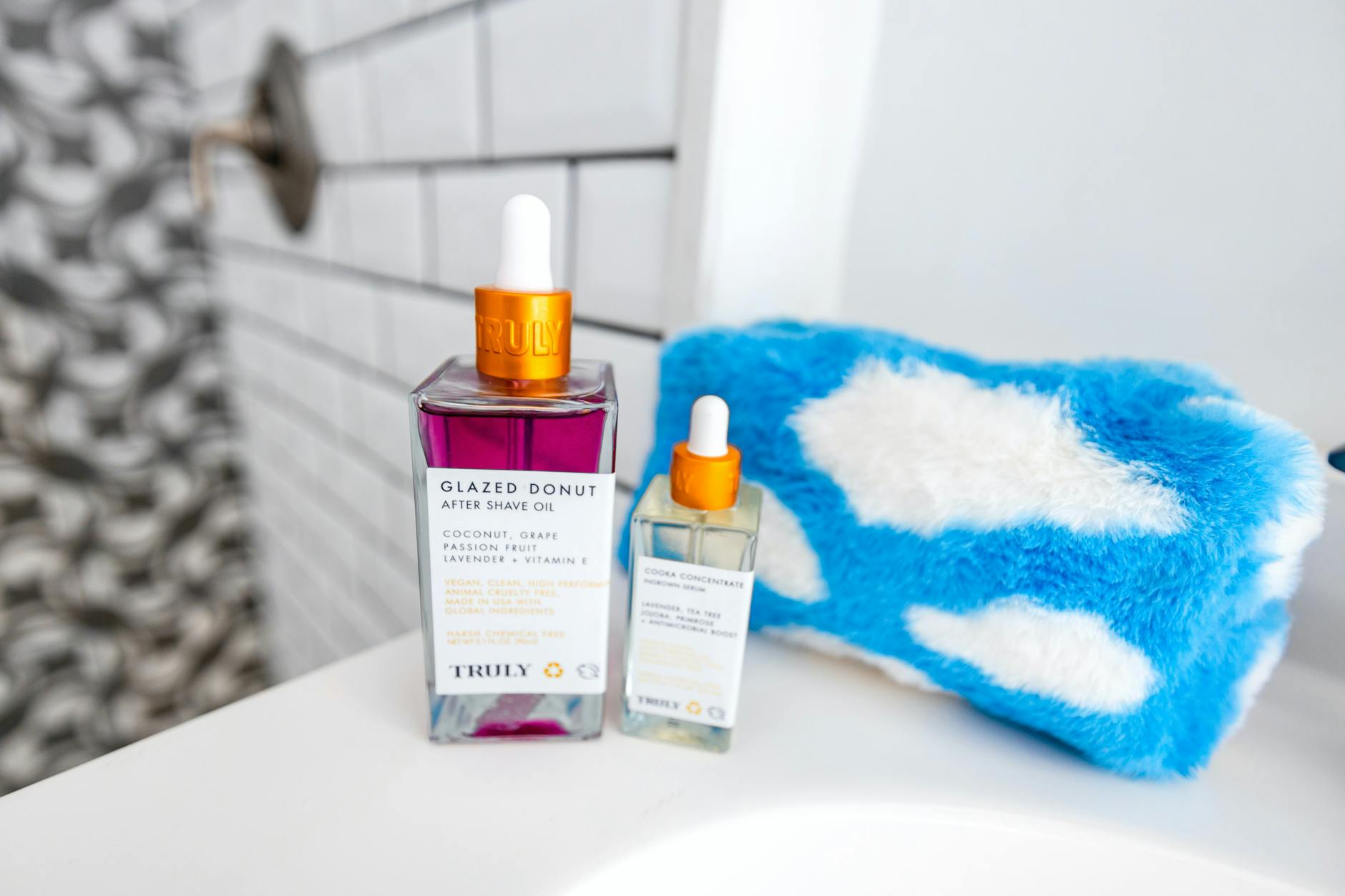Why Australia's Natural Beauty Depends on Sustainable Sunscreen Choices

Impact of Sunscreens on Marine Life
Here at the Perth Marine Science Institute, the effects of everyday products like sunscreen are under intense scrutiny to understand how they impact the marine environment. When selecting a sunscreen, especially for use in sensitive coastal areas like Cottesloe Beach, it's crucial to choose products that minimise environmental harm. Reef safe sunscreen is formulated to avoid chemicals harmful to marine ecosystems, addressing issues like coral bleaching—a phenomenon exacerbated by compounds such as oxybenzone and octinoxate. These substances contribute to coral stress, elevating water temperatures and leading to bleaching events that deprive corals of essential nutrients. This damage extends to marine biodiversity, disrupting food chains and habitats critical to the survival of various species.
Adopting natural sunscreen alternatives can mitigate these effects, as they typically contain ingredients like zinc oxide or other mineral-based compounds. These elements are less likely to dissolve in seawater, staying on the skin longer without causing harm to marine life. The transition to eco-friendly sunscreens requires a broader commitment to sustainability practices, a shift that can help preserve the natural beauty of vital sites like Rottnest Island. By integrating these practices into our daily lives, we not only protect these unique ecosystems but also set a precedent for responsible consumer behaviour. This shared effort empowers us to leave a more sustainable legacy for future generations.
Safe Sunscreen Ingredients
When it comes to safeguarding our precious coastal ecosystems along Cottesloe Beach, it's crucial to choose sunscreens with safe ingredients that minimise harm to marine life. Among these safer options, zinc oxide stands out as a highly effective ingredient. Zinc oxide acts as a physical blocker, reflecting harmful UV rays away from the skin. This mineral is not only beneficial for human use but also non-toxic to marine life. This makes it an excellent choice for visitors who want to enjoy Perth's marine beauty without contributing to coral bleaching.
Titanium dioxide is another mineral-based ingredient that offers effective sun protection while being environmentally friendly. It works similarly to zinc oxide by physically blocking UV radiation. Both ingredients are staples in baby sunscreen, offering peace of mind to parents concerned about the health of their children and the environment.
Opting for sunscreens containing natural ingredients can also be beneficial, but it's important to weigh the pros and cons. Natural components like coconut oil or shea butter may offer additional skin-nourishing properties, yet they might not provide the comprehensive UV protection required for extended sun exposure. Therefore, a combination of these natural elements with zinc oxide or titanium dioxide is often the best approach for those committed to sustainability practices. As a sustainability expert from Perth, I encourage everyone to make informed choices when visiting our pristine shores.
Choosing Reef-Safe Sunscreens
Reading Labels Effectively
Navigating the complex world of sunscreen labels can be daunting, but it's crucial for choosing a truly reef-safe product. Familiarise yourself with key ingredients to identify eco-friendly options, giving special attention to active minerals like zinc oxide. Many products now highlight "reef-safe" claims, yet a deeper look at ingredient lists is vital. Those that boast zinc sunscreen are often safer for marine ecosystems, thriving along the vibrant coastal ecosystems of Cottesloe Beach.
Certification and Standards
To ensure your sunscreen aligns with your environmental values, check for certifications that vouch for its eco-friendliness. Certifications like "Reef-Safe" or endorsements from marine advocacy groups can guide you to better choices. These typically indicate that the product avoids harmful chemicals like oxybenzone and octinoxate, which are known culprits in coral bleaching. The Perth Marine Science Institute often collaborates with other bodies to establish robust guidelines for sustainable products.
Avoiding Greenwashing
In the era of sustainability, greenwashing has become a challenge. Brands may claim eco-friendliness without genuine commitment. Look beyond marketing buzzwords and scrutinise product details, ensuring that the sunscreen you select upholds high environmental standards. Action can later translate into tangible results: protecting the natural beauty of places like Rottnest Island. By becoming an informed consumer, you contribute to meaningful preservation of marine environments.
Promoting Sustainable Practices
Advocacy in Academic Circles
In the academic sphere, promoting kids sunscreen with sustainable ingredients is essential for cultivating long-term eco-friendly habits. Academic institutions can play a crucial role by updating curriculums to include sustainability topics, such as the environmental impact of traditional sunscreens. By weaving these lessons into various courses, educators help students appreciate the importance of preserving marine ecosystems. For instance, leveraging resources at the Perth Marine Science Institute could strengthen collaborations and promote innovative research on reef-safe sunscreens.
Collaborating with NGOs
Working with NGOs can significantly amplify efforts in marine conservation. These collaborations often yield valuable resources such as educational materials, research funding, and community outreach programmes. NGOs also provide platforms for sharing insights and strategies that promote environmentally friendly products. As a sustainability expert, I encourage partnerships with organisations dedicated to conservation initiatives. Together, we can advocate for the widespread use of marine-safe products, thereby protecting the precious coastal ecosystems along Cottesloe Beach.
Educational Outreach Strategies
To effectively convey the importance of sustainable consumer choices, educational outreach should employ diverse strategies. Utilizing platforms like webinars and podcasts can reach adult audiences eager to adopt environmentally friendly practices. Engaging visuals, real-life impact stories, and discussions on innovative sunscreens can empower individuals to make informed decisions that align with their ecological values. By targeting community events and schools, these strategies help raise awareness and foster sustainable habits, ensuring that the natural beauty of the world is preserved for generations to come.
Best Practices
Application Tips for Optimal Impact
In the pursuit of shielding oneself from harmful UV rays while preserving our precious marine ecosystems, effective sunscreen application can make a world of difference. Applying sunscreen at least 15 minutes before heading out ensures it absorbs properly. Opt for broad-spectrum sunscreens featuring mineral-based ingredients like zinc oxide and titanium dioxide, which are renowned for their gentle interactions with marine environments. Remember, reapplication is vital, especially after swimming or excessive sweating. By adhering to these guidelines, we can mitigate sunscreen runoff into our beloved waters such as the ones at Cottesloe Beach.
Complementary Protective Measures
Beyond sunscreen, embracing a holistic approach enhances protection against sun damage while conserving our coastal ecosystems. Wearing hats, UV-protective clothing, and seeking shade, especially during peak hours, reduces reliance on sunscreens and minimises potential harm to marine wildlife. Through these actions, we align with the values upheld at institutions like the Perth Marine Science Institute. Consistently implementing these protective strategies, particularly around iconic sites like Rottnest Island, ensures we remain custodians of our unique natural heritage.
Engaging the Community
Empowering our community to embrace sustainable practices is pivotal in driving collective impact. Participating in local educational workshops or beach clean-up events fosters awareness and catalyses change. Collaborate with local organisations to promote reef-safe practices, ensuring everyone plays a part in safeguarding the pristine beauty of our marine environments. Through concerted community efforts, we amplify our commitment to sustainability, ensuring our marine worlds continue to thrive for generations to come. Through shared passion and knowledge, we can transcend beyond mere visitors, becoming ardent protectors of Perth’s marine legacy.


